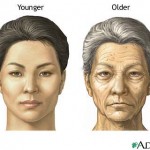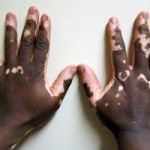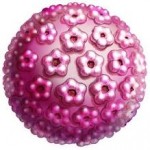 Our skin, being in contact with the outside, is subjected to attacks that change their appearance. Also internal derangement of the individual is going to manifest on the skin as this is an organ closely related to the rest of the body.
Our skin, being in contact with the outside, is subjected to attacks that change their appearance. Also internal derangement of the individual is going to manifest on the skin as this is an organ closely related to the rest of the body.
The factors causing these skin changes can be many:
• Hormonal imbalances.
• Nervous disorders.
• Genetic inheritance.
• The Age.
• Power.
• Factors Mechanics: Calluses, scars, wounds, scratches…
• Physical • Factors: Cold, heat, solar radiation, wind, humidity…
• Factors chemicals, detergents, medicines, cosmetics…
• Factors Biological: viruses, fungi, mites, lice…
These skin changes may be manifested in different ways:
• Staining: Stain produced by a color change in skin pigment or vascular nature.
• Weal: pink bump accompanied by itching, appears and disappears quickly.
• Papule: reddish lesion, protruding from the skin surface.
• Comedo: Grain sebaceous containing hardened sebum inside and outside featuring a black dot formed by a plug of keratin.
• Blister: Prominence of the epidermis consists of a cavity filled with serous fluid and round or oval.
• Pustule: Caused by the accumulation of pus in the skin, transparent on the surface the abscess.
• Phlegmon: Acute inflammation of the connective tissue with a tendency to the formation of pus.
• Cyst: a globular cavity surrounded by membranous wall itself, containing within disturbed semi-fluid liquid materials, generally of fat.
• Nodule: is caused by an infiltration and is located in the dermis and hypodermis, is solid and small.
• Tumor: training bulky appearance that originates abnormally variable and usually persist indefinitely.
• Nevo: Formation of initially benign form, as a spot or tumor that arises from embryonic cells located in the skin.
• Fissure: linear cracking of the skin.
• Fistula: ulcerated opening through which pus is ejected.
• Ulcer: Destruction of the skin more or less deep with great loss of red-violet substance, and with great potential to serve as a source of infection.
• Crust: solid mass attached to the skin and you just detached.
• Scar: tissue that forms after a skin injury when repairing the integuments.



